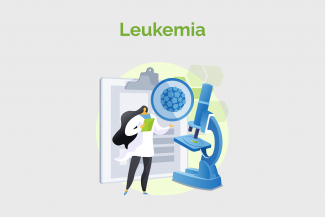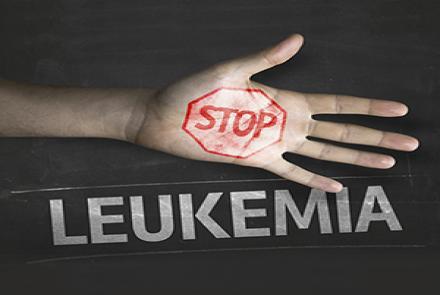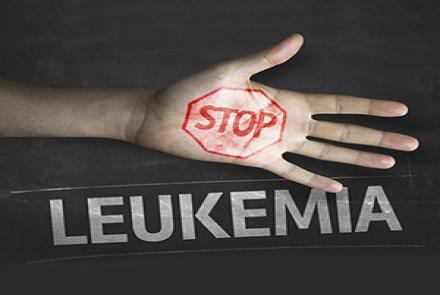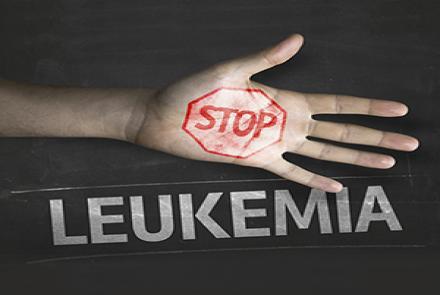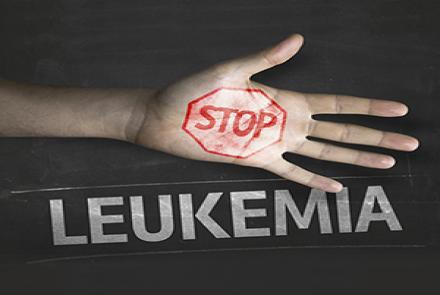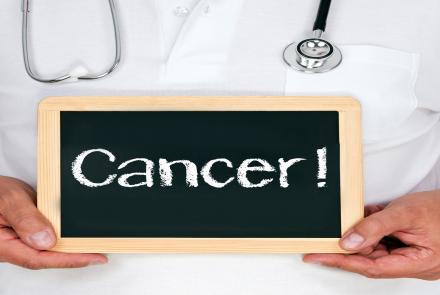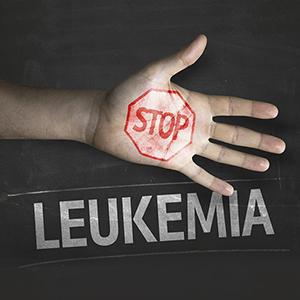
What are the signs and symptoms of leukemia?
Blood clotting is poor - Incompletely matured white blood cells crowd out blood platelets, which are crucial for blood clotting. Hence patient may bruise or bleed easily and heal slowly. He may also develop petechiae (small red or purple colour spots on the body, caused by minor haemorrhage).
Immune system affected - The patient's white blood cells, which are crucial for fighting against infection, may be suppressed or not working properly. According to the literature, Leukemic patient may experience frequent infections, or his/her immune system may attack other good body cells resulting in certain autoimmune conditions.
Anaemia - As the shortage of good red blood cells increase, the patient may suffer from anaemia - this may lead to difficulty in respiration (dyspnoea) and pallor (skin becoming pale coloured).
Other symptoms - Patients may also experience nausea, fever, chills, flu-like symptoms, night sweats and tiredness. Fatigue, Bone/back pain, swollen lymph nodes,bleeding gums, prolonged menstrual cycle and blurred vision are some of the other possible symptoms. Sometimes, if the liver or spleen becomes enlarged, the patient may feel full and will reduce food intake, resulting in weight loss. Headache is more common among patients whose cancerous cells have invaded the Central Nervous System (that is Brain and Spinal cord). Rash or sores may appear around the body.
All the above mentioned symptoms could be due to other illnesses. A diagnosis of leukemia can be confirmed only after necessary medical tests are carried out.

